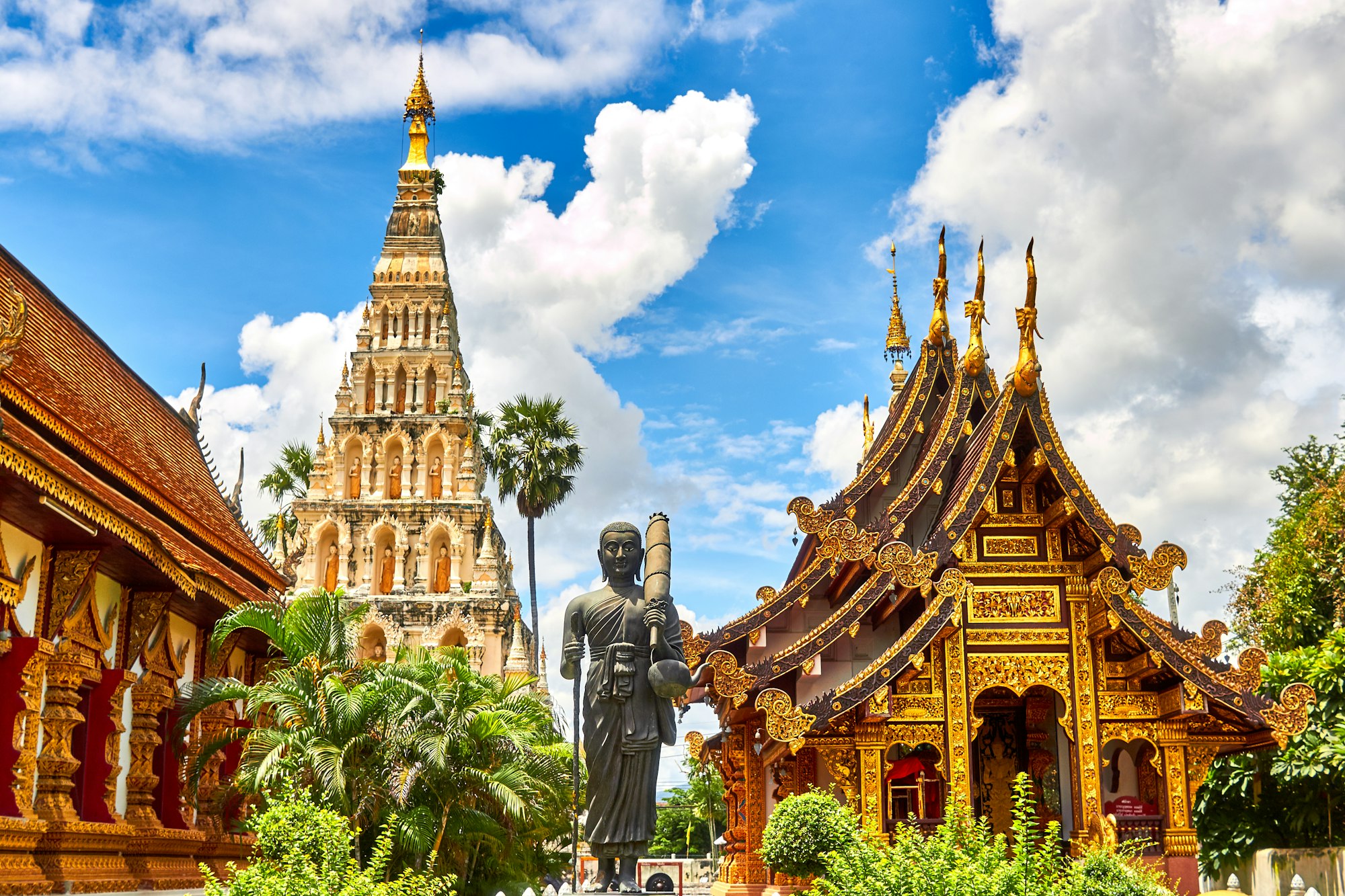View the Country Report for Thailand in the Oxford Compendium of National Legal Responses to Covid-19
Thailand is a unitary and highly centralised kingdom. In contrast to constitutional monarchy, the DRKH is a form of ‘tutelage democracy with extremely centralised administration under the patronage and tutelage of royalist-conservative elites and the military’. For more than seventy years, purported threats to the throne were normally invoked to justify the impositions of 13 royalist coups, leading to the abolition and re-making of constitutions, both interim and permanent. Due to the immense popularity and moral leadership of King Bhumibol (1946-2016), the monarchy could recover from its nadir, and has, since the 1970s, become ‘an almost unchallenged source of legitimacy and object of legitimation’, thus legitimising the role of the military as its guardian.
Thailand is divided into 76 provinces and two special administrative areas, Bangkok and Pattaya. Within each province, three forms of decentralised local authorities (‘DLA’) are established, namely municipalities, the Provincial Administration Organisation, and the Tambon (sub-district) Administration Organisation. These bodies are responsible for promoting, amongst other things, local sanitation, education, art and recreation, and are supervised by the provincial governor.
From the public health perspective, Thailand’ story serves as a caveat of a good public health system hindered by unfree politics. Although it began with a slow start, it was able to bring down the transmission rate in time. Its initial success was noted by World Health Organisation. But as the latest development shows, the situation is spiralling out of hand, resembling that of India. The outbreak could break down the healthcare system within the next month.
Thailand experienced three major waves of Covid-19. The first began in February 2020, with sporadic cases reported. By mid-March 2020, the situation turned serious with double-digit figures daily, reaching over a hundred by the end of March. Numbers finally dropped to below ten again in late April after an intense lockdown. From May to December 2020, fewer than ten cases were reported daily, most of whom were Thais and foreigners in quarantine. However, the second wave hit Thailand with over 500 cases per day, peaking at more than 800 in mid-February 2021. At the beginning of April, new clusters were discovered in several night-time entertainment venues, involving high-profile politicians. Cases exponentially soared to almost 3,000 per day. Hospitals quickly filled up. Some patients waited for a week for pickup but ended up dying at home. The government was forced to implement partial closure of public venues and set up field hospitals. As of 25 April 2021, Thailand reported 50,183 cases and 121 deaths.
Thailand may have never faced such a public health crisis before, such as MERS or SARS, but key to Thailand’s success was its robust and efficient universal healthcare coverage, which was able to respond to the crisis in time. However, the public health system is hindered by Thailand’s volatile politics. From 2014 to 2019, Thailand had been under the rule of the military junta. Lacking political oversight, the Thai bureaucracy is becoming used to an authoritarian style of governance. The Government is incapable of demonstrating strong leadership and formulating sound public policies. It invoked expansive emergency powers to quell Covid-19 but failed to address the socio-economic impact of the pandemic on less well-off Thais. Worse, the authoritarian nature of the government prevented meaningful discussion. A lack of dissent led the government to overlook possible loopholes, ignore warnings about the incoming third wave, and not acknowledge its mistake.
Logically, the next phase in public health measures should be nation-wide vaccination. But the Government has been unable to come up with a reliable and timely plan.
